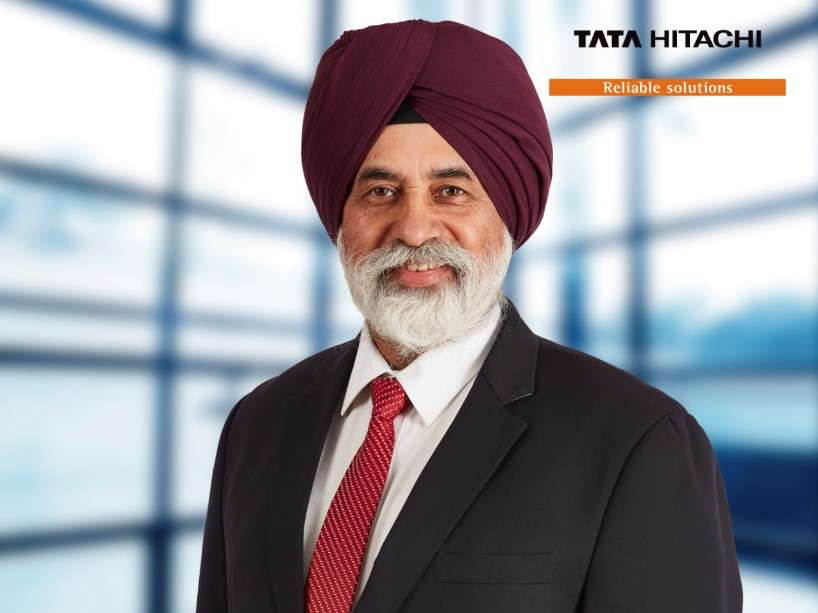 New Delhi: The US$6.5 billion Indian Construction Equipment Industry, an enabler of Infrastructure development in the country and the driver of the INR 111 lakh crore National Infrastructure Pipeline (NIP), has the potential to become a manufacturing and export hub of the world if the right conducive policy environment and support is provided by the Government.
New Delhi: The US$6.5 billion Indian Construction Equipment Industry, an enabler of Infrastructure development in the country and the driver of the INR 111 lakh crore National Infrastructure Pipeline (NIP), has the potential to become a manufacturing and export hub of the world if the right conducive policy environment and support is provided by the Government.The Union Budget FY21-22 is very important from the fact it has to devise a “recovery and growth path” for the economy recovering from the impact of COVID-19. The Indian construction equipment (CE) industry, in its ‘Vision Plan 2030’ which was released by Nitin Gadkari, Union Minister for Road Transport & Highways and MSMEs, has proposed an action plan to help India become a manufacturing and export hub for construction equipment and propel the development of world-class infrastructure in the country, Sandeep Singh, president, ICEMA and managing director, Tata Hitachi Construction Equipment Machinery India Pvt Ltd, said.
For this the CE industry seeks policy support from the Union Government by way of:
- Production-Linked Incentive (PLI) Scheme for the CE industry to help India become a manufacturing and export hub and enable self-reliance through the development of a robust domestic supply chain.
- Creation of an ‘Infrastructure-focused bank’ to fund projects (road, ports, power, etc.) and improve access to low-cost funding. The government has been holding discussions on creating a new development finance institution (DFI) for long-term financing of social and economic infrastructure projects under the National Infrastructure Pipeline.
- Introduce liberal measures to further improve ease of doing business in infrastructure to attract private and foreign investments so that there is recycling of capital for more investments by the private sector and budgetary funding becomes a crowning factor for sustainable growth of investment in infrastructure. These measures could address issues regarding the various non-payment guarantees, timely land acquisition and transfer, ease of asset transfer, dispute resolution, contract enforcement etc.
- In 2020-21 there has been significant investments in the infrastructure sector – in particular, roads (both the national Highways and the rural roads) – to power the economy out of the impact of the pandemic and is most likely to meet or even exceed budget estimates in some sectors. Given the high bar set this year, it is very important that the growth in investments and execution continues at a robust pace in line with the plans as in the NIP and is also expanded to other infrastructure sectors in the coming year, so that it trickles to the CE industry and helps maintain the momentum to support the economy.
- Formulation of a joint government–industry taskforce to develop a 5-10 year infrastructure vision, explore global best practices in equipment use and develop a technology roadmap for the Industry.
- Increase Indian Industry’s CE export competitiveness by way of exploring FTAs with high export potential destinations, aligning export incentives with global best practices, optimizing input costs (steel) and conducting targeted marketing campaigns
- So as to enable technology upgradation in the CE industry, a technology roadmap needs to be developed for the sector which will include adoption of the CEMM Act so as to standardise regulations, driving technical merit in public procurement and encouraging industry-government-academia partnership in R&D.
- At present there is no regulatory requirement for employment of certified operators of construction equipment. ICEMA, on behalf of the CE industry, has requested that the government project tenders may specifically mention the criteria of employment of certified mechanics and operators. This is essential for safety and productivity. Moreover, government compensation of INR 46/ student/hr for Infrastructure Equipment Skill Council (IESC) is not adequate to cover the expenses incurred in training. This compensation rate may be increased to INR126/hr.













